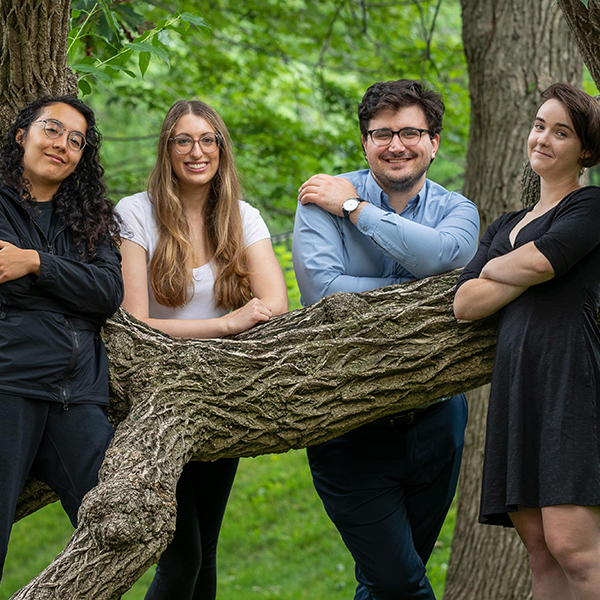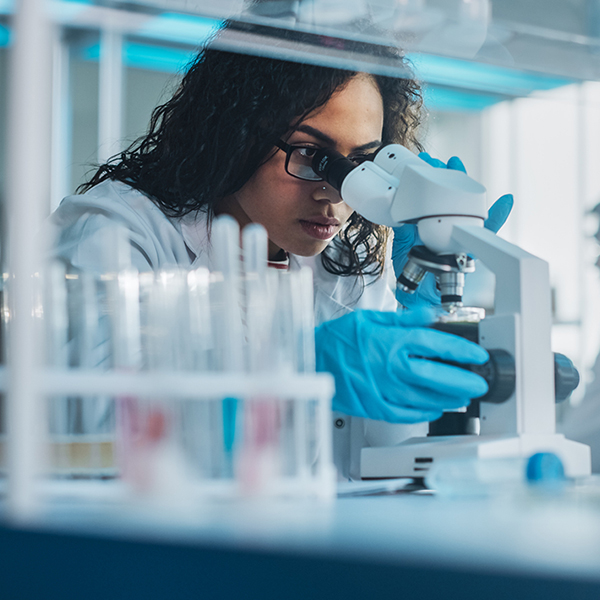While masks and hand sanitizers have become part of most people’s daily arsenal against the coronavirus, McGill researchers are working with a material with less well-known anti-viral properties: copper.
In September, Stephen Yue, McGill’s Lorne Trottier Chair in Aerospace Engineering, and Chen Liang, a professor of medicine, received an NSERC Alliance COVID-19 grant to develop a spray designed to place a copper coating on any surface.
The earliest reported uses of copper and its compounds as antibacterial agents can be found as far back as ancient Egyptian, Greek, and Roman medical literature. More contemporary studies of copper’s actibacterial properties started in the late 1990s and early 2000s.
“What is new is that, instead of using solid copper, today we can use a coating. This would be an inexpensive way to cover a surface with copper,” says Yue.
The coating may be as thin as nanometers or a few microns, but “the thinness of the coating doesn’t affect the antiviral nature of copper. It does need to be composed of at least six per cent copper in order to retain antiviral properties.”
Thermal sprays are a growing area of research interest, which always starts with metal powders.“In conventional thermal spraying, you melt the powder, which is then sprayed onto a surface. We are using a system called cold spray, in which the copper powder is not melted. It’s a solid, but accelerated to very high velocities – usually supersonic – so that, when it hits a surface, it sticks to it, due to plastic deformation of the particles.”
That deformation seems to increase the kill rate of copper, and the research team is trying to maximize that effect. However, that process is not yet well understood.
“That is part of the project, to look into how copper kills viruses, and in particular, whether and how it kills SARS-CoV-2,” says Liang, a senior investigator at the Jewish General Hospital’s Lady Davis Institute, who brings his expertise as a virologist to the project. “We don’t know the whole story, but the literature offers some clues. It likely occurs because of the formation of copper ions, which attack the genome – specifically the RNA – of viruses. When RNA is thus attacked, it can lose its function.”
RNA (ribonucleic acid) is essential for coding, decoding, regulation and expression of genes.
A copper spray will shrink the amount of time that the virus can survive on a surface, which could be a key factor in limiting its transmission.
“For example, we know that the coronavirus can survive on stainless steel for several hours – and some studies suggest it could be as much as two days. But with copper, viruses would survive for less than an hour,” Liang says.
The researchers anticipate that the spray, once ready for deployment, will be used in public transit, airports, hospitals, schools and other public areas to coat frequently-touched surfaces, with the goal of slowing or stopping the spread of COVID-19 in those spaces. They may also develop more than one spray, each adapted to different applications.
Yue sees this as a support to cleaning, not a replacement.
“One problem now is the frequency of cleaning. That’s taking up a lot of resources. We want to reduce that frequency, so that it becomes more realistic. Also, copper coating could be used in places where it is actually very difficult to clean, especially on a routine basis.”
The anti-microbial properties of copper mean that it will be effective against other viruses, bacteria and fungi; it may even take a bite out of the annual flu season, especially if its use becomes routine in public places.
“We don’t think it will replace cleaning or hand washing,” says Liang. “But this could act as another layer of protection against the transmission of pathogens. Even after this pandemic, it may have a long term benefit to public health.”


